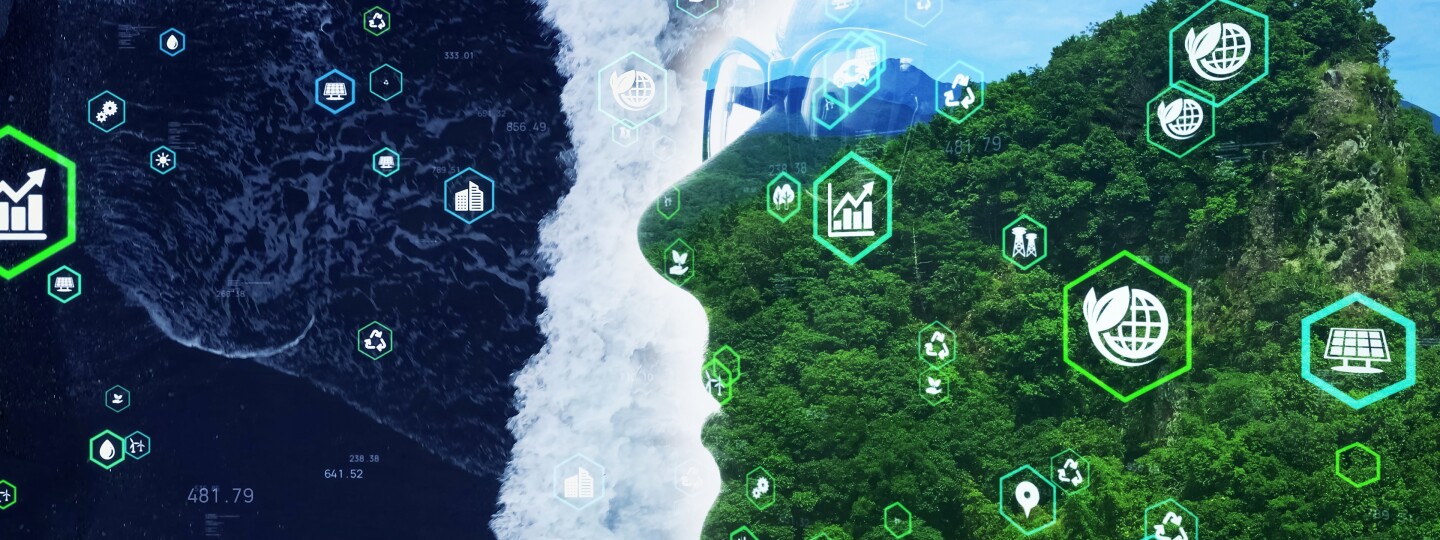The Maritime@TSE research platform of Turku School of Economics continued its exploration of current themes in the maritime sector on February 28th at the Maritime Green Growth – evaluating opportunities and bottlenecks stakeholder event. The purpose of the event was to provide examples this time how in economics research various developments related to the adoption of emission-reducing technologies could be modeled, as well as to identify the opportunities and challenges that companies recognize within this theme.
Shipping is one of the potential markets where the increasing adoption of green solutions could generate economic growth for Finnish actors. However, assessing future developments, such as those related to renewable fuels and associated technologies and investments, is not easy and involves a lot of uncertainty. It is likely that the improvement of economic assessments and related methods would benefit companies and other stakeholders in decision-making regarding the future.
As an example of economic impact assessment, Professor Alan Ahearne and researcher Daniel Cassidy from Galway University presented their own modeling results on the effects of environmental regulation on Ireland's macroeconomy and the shipping sector. According to their findings, the long-term economic impacts of estimated price developments of renewable fuels are likely to be small, but in short term considering also capital costs in various technologies and infrastructure requires more detailed research. Jussi Haarasilta presented Finnvera's activities as a export credit agency in guaranteeing maritime sector export and how financiers have also begun to develop practices to steer investments towards greener directions and assess impacts, such as on emission reduction.
In the third presentation of the seminar, Patrik Rautaheimo from Elomatic discussed the potential of green fuels. The maritime sector will compete for renewable fuels, for example, alongside aviation and road transport, and significant changes and investments in infrastructure are required. Professor Timo Kuosmanen from Turku School of Economics presented how the future price of hydrogen is likely to be related to the prevailing price level in the electricity market and how future production volumes of hydrogen may vary according to the price of electricity. Furthermore, the availability of hydrogen locally may affect in for intended use.
Kenneth Rødseth from the Institute of Transport Economics, Norway, presented a simulation aimed at finding an optimal combination of various variables between different ferry routes in Northern Norway, assessing, for example, alternative routes and infrastructure costs. The simulation showed the order in which, over about 20 years, various routes would transition to using ferries powered by batteries or hydrogen instead of internal combustion engines. Another type of company presentation was heard from Henna Rautanen from MacGregor, who introduced how the company, as a solution provider and system supplier to container ships, aims to influence its own sustainability and footprint, for example, by increasing its customers' capacity utilization rates or using low-carbon steel.
At the end of the event, operations and supply chain management Assistant Professor Tomi Solakivi, specializing in maritime business & policy at Turku School of Economics, highlighted the need for further actions to increase cross-sectoral examination and cooperation i across different modes of transport in meeting emission targets.
The recordings of the event’s presentations are also available on the event's website.
